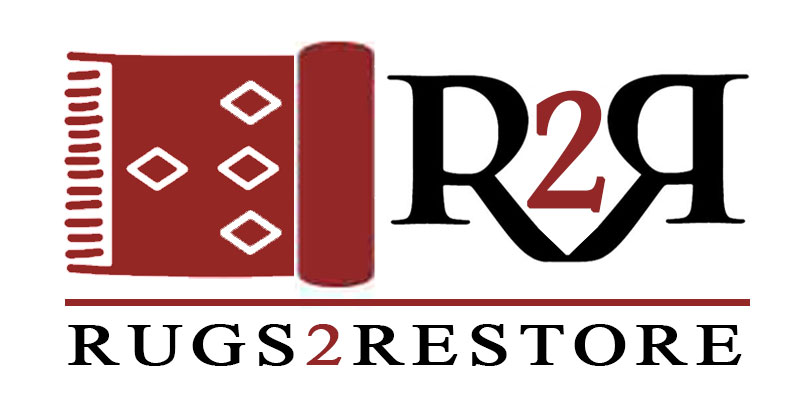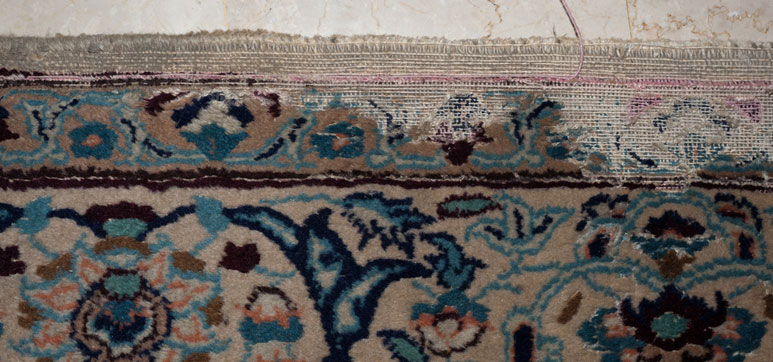After you purchase your rug, you put it in the bedroom or living room. The first time you see your Persian rug in person, you fall in love with it. But over the next few months, you begin to notice a lot of damage on your rug; holes from small moth larvae, stains, and so much more. Persian Rugs are beautiful, unique, handmade pieces of art and very valuable to collectors. They also come with a hefty price tag. Protecting these valuable rugs is important, but often times we tend to overlook this very important step until a moth has already started eating away at our beloved rug.
Moths are a nightmare. A moth infestation can wreak havoc on your home decor. It’s important to learn about moths and how to protect your Persian rug from moths. But the first instinct is to call your favorite rug cleaning company and ask if they can clean it. We are experts at cleaning your damaged rugs; feel free to contact us at Rugs2Restore.
What Are Moths, And How Do They Destroy Rugs?
Most people are familiar with moths as little creatures that fly around and cause big problems for your Persian rug. These pests are attracted to the fibers in the rug, and they will lay their eggs in the rug. The larvae of the moths will then feed on the rug fibers, causing extensive damage. Moth Larvae are small, worm-like creatures that hatch from eggs laid by adult moths. These larvae are attracted to organic materials like wool, cotton, and fur to feed. As they feed, they spin a silken web that can eventually cover an entire garment. This webbing not only traps moisture but also stains the fabric beneath it.
Moths can destroy a rug in a matter of months, so it is important to take steps to protect your investment.
The Life Cycle Of a Moth

Moths go through four distinct life stages: egg, larva, pupa, and adult. The first three stages – egg, larva, and pupa – are known as the immature stages because the moth is not yet sexually mature. The adult stage is when the moth is able to mate and lay eggs. Eggs are laid singly or in small groups on various surfaces, depending on the moth species. Common surfaces include clothing, carpets, and rugs.
Larvae hatch from the eggs and immediately begin to feed on the surrounding materials. Larvae go through several growth stages, or instars, shedding their skin each time they grow. Once they have reached their final instar, they spin a cocoon and enter the pupal stage. Pupae are inactive and do not feed. After a period of time, the adult moth emerges from the cocoon and begins the cycle anew.
Moths are attracted to a variety of materials for food, including wool, fur, feathers, silk, and cotton. When feeding on natural fibers, moths can cause damage by eating holes in the fabric. This damage is usually irreversible and can ruin your rugs or other items made from these materials.
How to tell if your rug has Moths?
Moth infestations in Persian rugs are not only unsightly but can cause great damage to your rug if left untreated. Moths are attracted to the natural fibers in wool and silk rugs – making Persian rugs a common target. The best way to protect your rug from moths is to have it treated by a professional. But how can you tell if your rug has moths? There are a few tell-tale signs that your rug may have moths:
- First, look for small holes in the fabric of the rug. The adult moths typically make these holes as they exit the rug to lay their eggs.
- Second, look for small, white larvae crawling around on the surface of the rug. These are baby moths, and they can cause just as much damage to your rug as adults.
- Third, look for small, brownish-colored pellets on the surface of the rug. These are moth droppings, and they are a sure sign that you have an infestation.
- Finally, look for adult moths flying around the rug or crawling on it.
If you see any of these signs, it’s important to act quickly and have your Persian rug treated by a professional (If you want to treat your rug, Feel free to consult us at Rugs2Restor). Don’t wait until the problem gets worse – you could end up with a seriously damaged rug!

